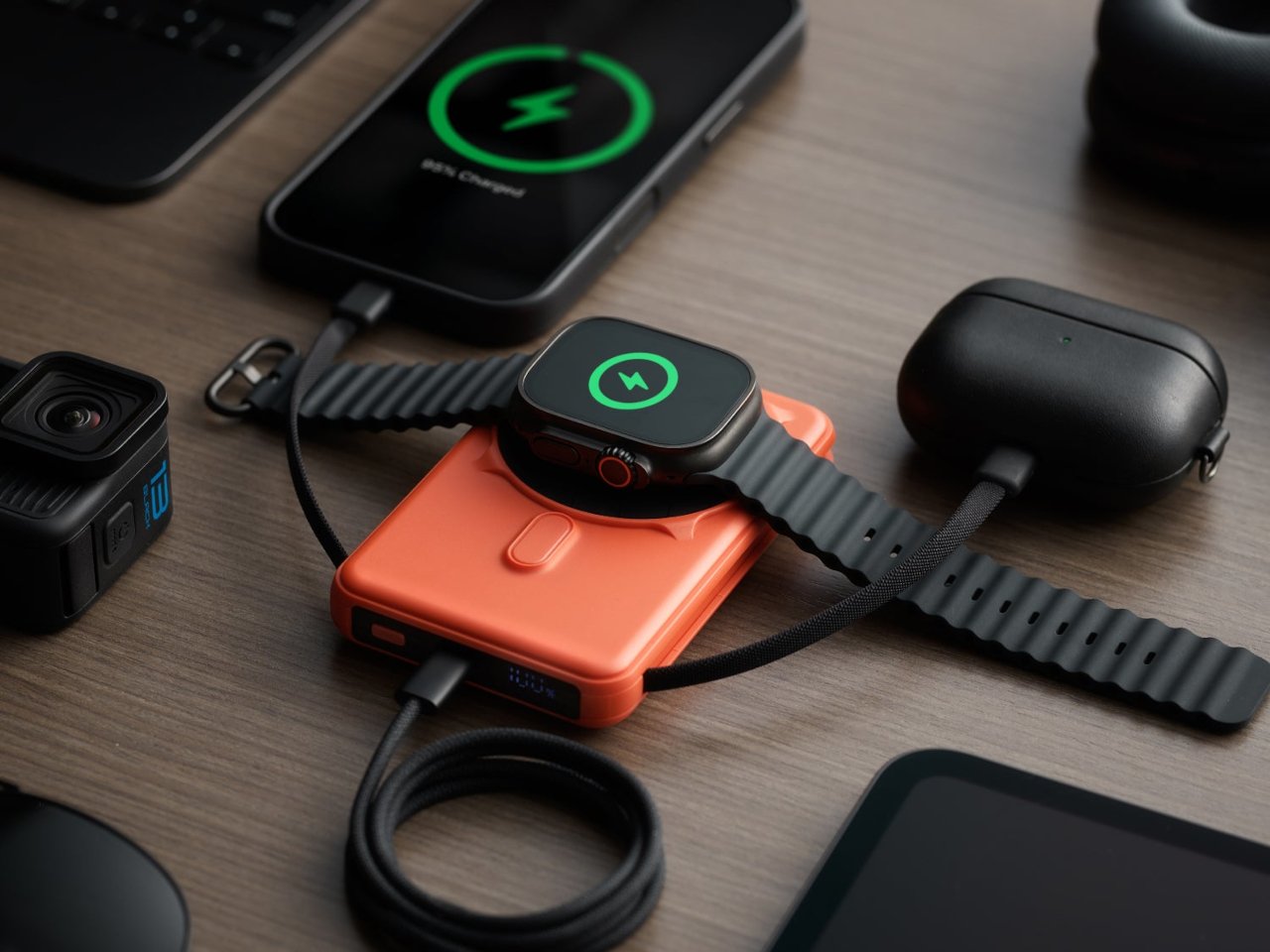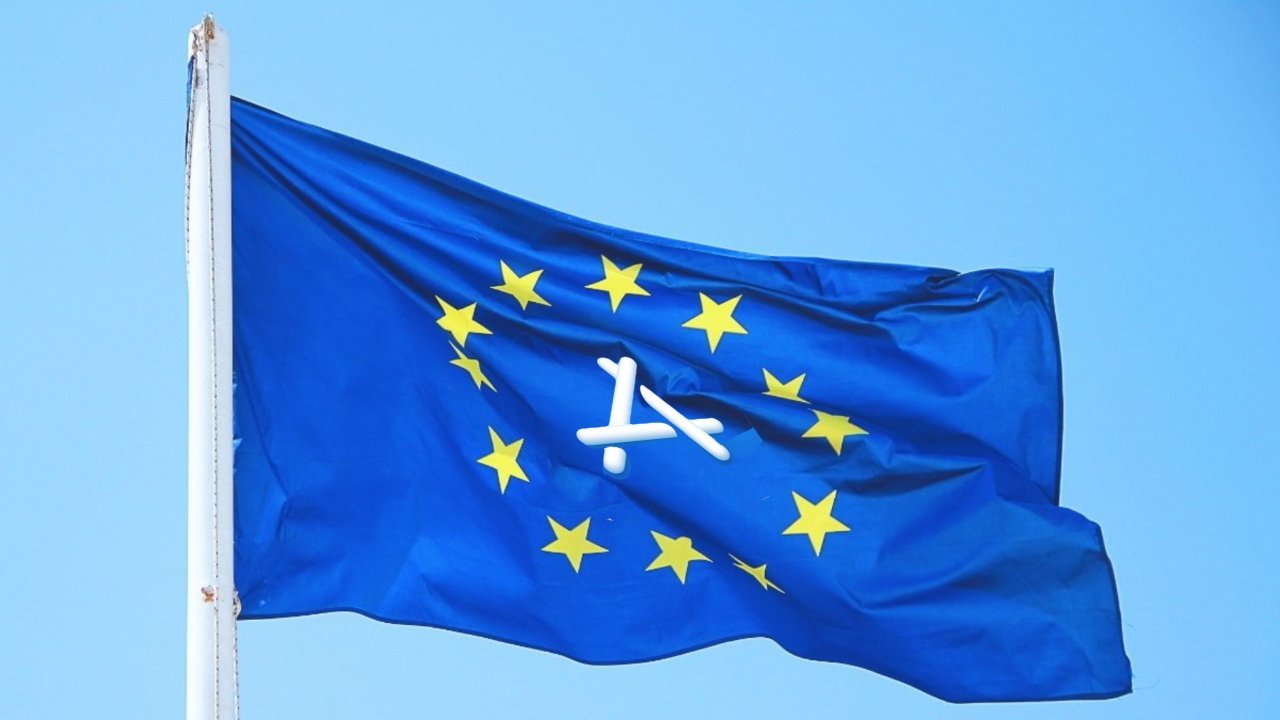www.core77.com
When you think of technology that connects your brain to a computer, you probably picture something like this: A startup called Neurable had the technology, but wanted better design for their first product, called Enten. They turned to industrial design consultancy Fresco for help. Brain interface tech for the everydayNeurable, a Boston-based startup, teamed with Fresco to design and develop their first product for the consumer market the Enten headphones. These BCI headphones monitor your brain activity and provide useful information for your daily life, like patterns of when you are focused or distracted.the clientNeurable is a neurotechnology company that uses Brain-Computer Interface (BCI) technology to interpret human intent, measure emotion, and provide telekinetic control of the digital world.services deliveredDesign Strategy / Industrial Design / Models & Prototypes / Virtual Photography / Digital Design"Fresco's support on the Enten project was invaluable. Their creativity, efficiency, and dependability greatly contributed to the success of the challenging task of integrating BCI into a consumer product. Collaborating with them was easy and fun. We continue to partner with Fresco on new explorations and product development efforts, and can always rely on their consistent delivery of high-quality, high-impact work." --Jamie Alders, Vice President of Product, NeurableOUR PROCESSDesigning consumer appealWhen you think of BCI, do you picture intricate monitoring devices, headcaps, and wires? Neurable's vision aimed to overcome those associations. We designed the BCI headphones to look, appear, and behave like a premium product, tackling numerous design and engineering challenges to seamlessly integrate the technology into a desirable form factor.Research prototype Schematic architecture Early design Working prototype Appearance model Final design Design for personasFor this novel technology, we began by understanding its application and the anticipated user environments. From user personas, we tailored our design choices in size, shape, material, color, and visual segmentation, considering a dense market of visual trends.Weaving tech into consumer soft goodsWe embarked on an R&D journey to research, design, spec, source, and manufacture selectively conductive 3D knitted fabrics. By experimenting with weave patterns and emphasizing ear comfort, we optimized the design for EEG channel skin contact and internal board connection. The final knit product conformed to 3D ear cushions, ensuring aesthetics, comfort, acoustics, and sensor performance. Engineering prototypes for testingThrough several engineering prototype iterations, we fine-tuned the integration of BCI technology into the Enten headphones, ensuring manufacturability. Fresco produced both individual and small-batch prototypes for design validation, internal review, and user testing.Appearance models for funding & design excitementDuring the design phase, we built high-craft appearance models for early product photography, marketing campaigns, stakeholder alignment, investor pitches, and to refine color and material selections. Part design for manufacturingFresco provided Neurable with a fully executed and documented industrial design and mechanical engineering blueprint for scaled manufacturing. We assisted Neurable in collaborating with contract manufacturers, verifying their expertise, and evaluating the secondary suppliers involved in the product's production.You can see more of Fresco's work here.












